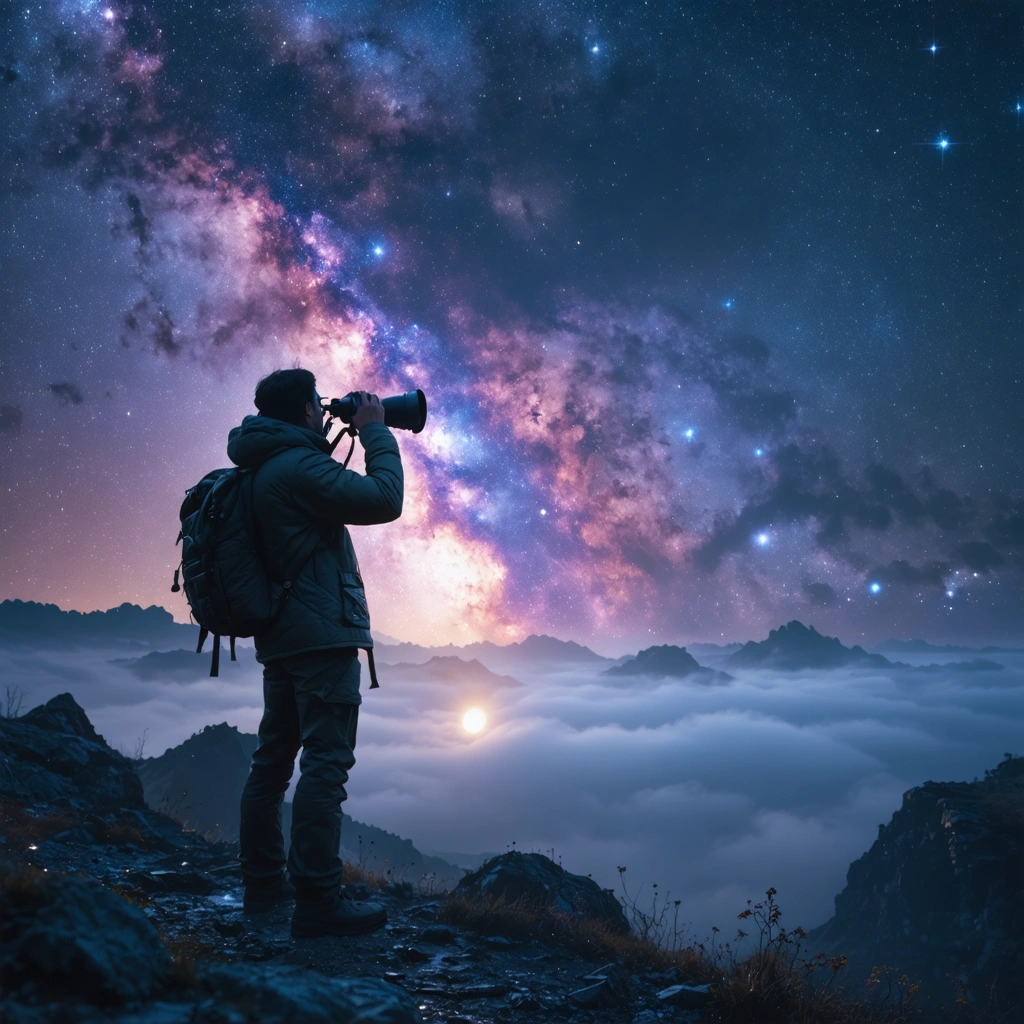
Introduction
Imagine looking up at the night sky and being able to clearly see the enchanting celestial wonders that lie beyond our blue planet. With binoculars, this is not only possible but also a mesmerizing experience. In this article, we will guide you through nine of the best astronomical phenomena that will be visible through binoculars between February and April 2025.
The Enchanting World of Celestial Observation
Before we delve into the details, it’s important to understand the basics of stargazing with binoculars. Binoculars provide a wider field of view compared to telescopes, making them ideal for observing large star clusters, galaxies, and nebulae. They also offer portability and ease of use, making them a popular choice among beginners and seasoned astronomers alike.
Choosing the Right Binoculars for Stargazing
When choosing binoculars for stargazing:
- Look for a pair with high magnification – usually 7x to 10x is sufficient.
- A larger objective lens (the second number in binocular specifications) allows more light in, providing a brighter and clearer image.
- Consider the weight and comfort of the binoculars, especially if you plan on holding them for extended periods.
Nine Heavenly Wonders to Observe
Between February and April 2025, several fascinating celestial events will be visible to the naked eye. However, with the use of binoculars, these phenomena become even more astonishing. Here are the top nine events to look out for:
- The Orion Nebula: Also known as M42, this is one of the brightest nebulae and is visible throughout the world.
- The Pleiades: A stunning star cluster that’s also known as the Seven Sisters.
- Andromeda Galaxy: The nearest spiral galaxy to the Milky Way, it’s best viewed in dark, clear skies.
- The Double Cluster in Perseus: This is a pair of open clusters that appear close to each other.
- Moon Craters: Binoculars will reveal the detailed rugged surface of the Moon, including various craters and valleys.
- Jupiter’s Moons: With binoculars, you can see four of Jupiter’s largest moons.
- Saturn’s Rings: Though not as detailed as through a telescope, you can catch a glimpse of Saturn’s rings through binoculars.
- Comet Leonard: Expected to be at its brightest in February 2025, this comet will be a fantastic sight.
- The Zodiacal Light: This is an eerie light extending up from the horizon after sunset or before sunrise, caused by interplanetary dust.
Conclusion
Astronomy is a fascinating hobby that opens up the universe for us to explore. With a pair of binoculars and this guide in hand, you’re ready to explore the celestial wonders that await in the night sky between February and April 2025. Enjoy the breathtaking views!




